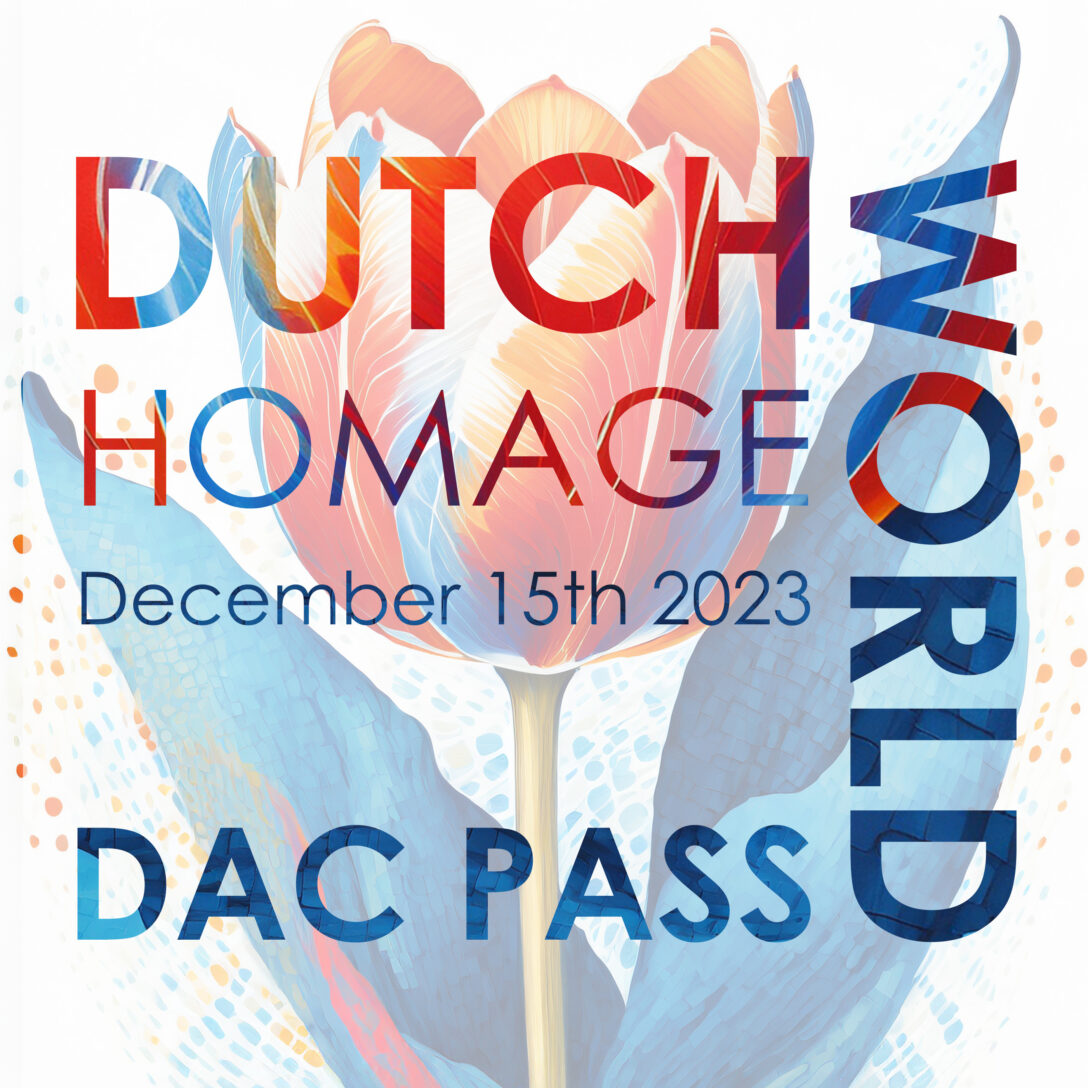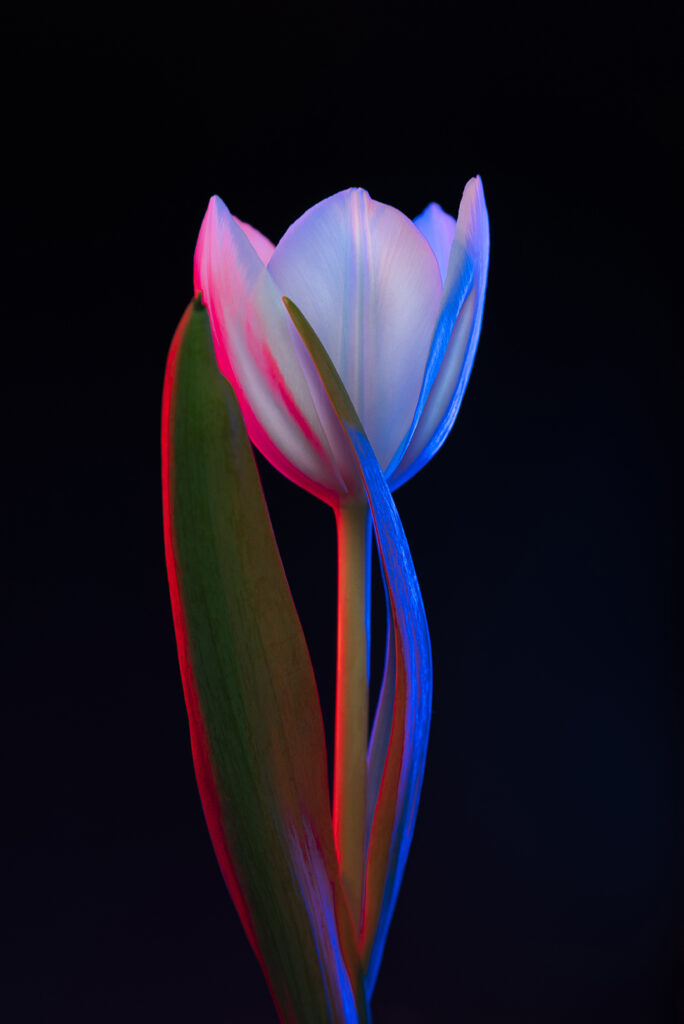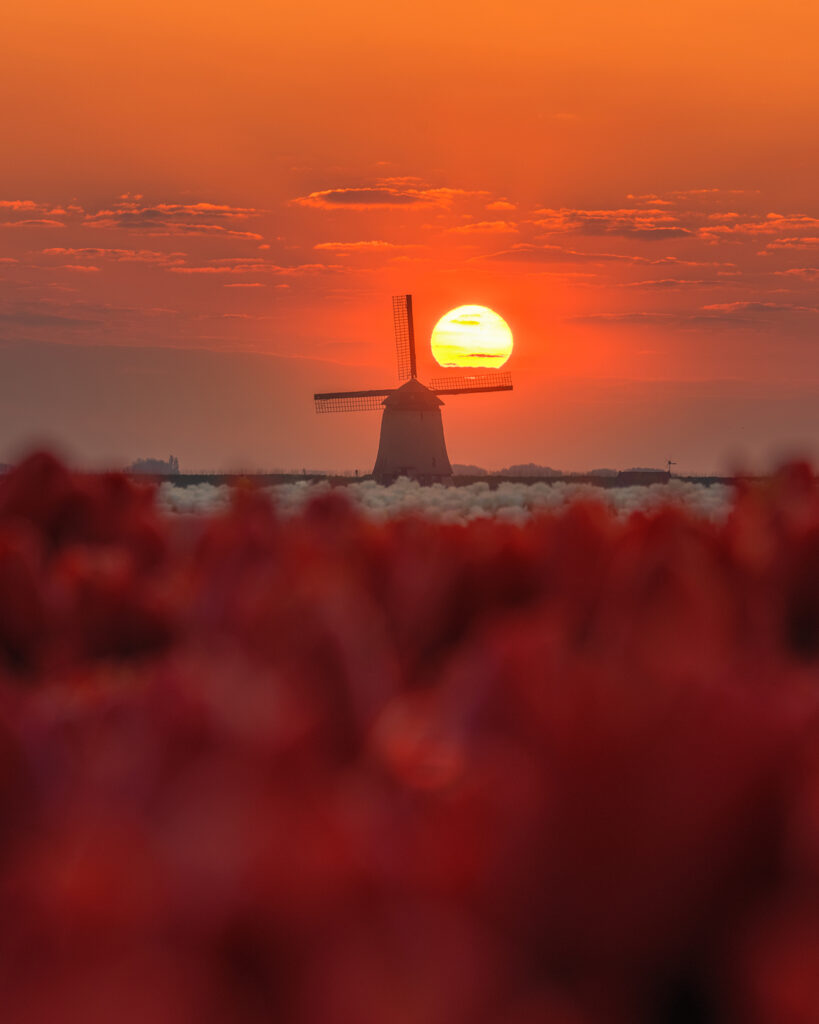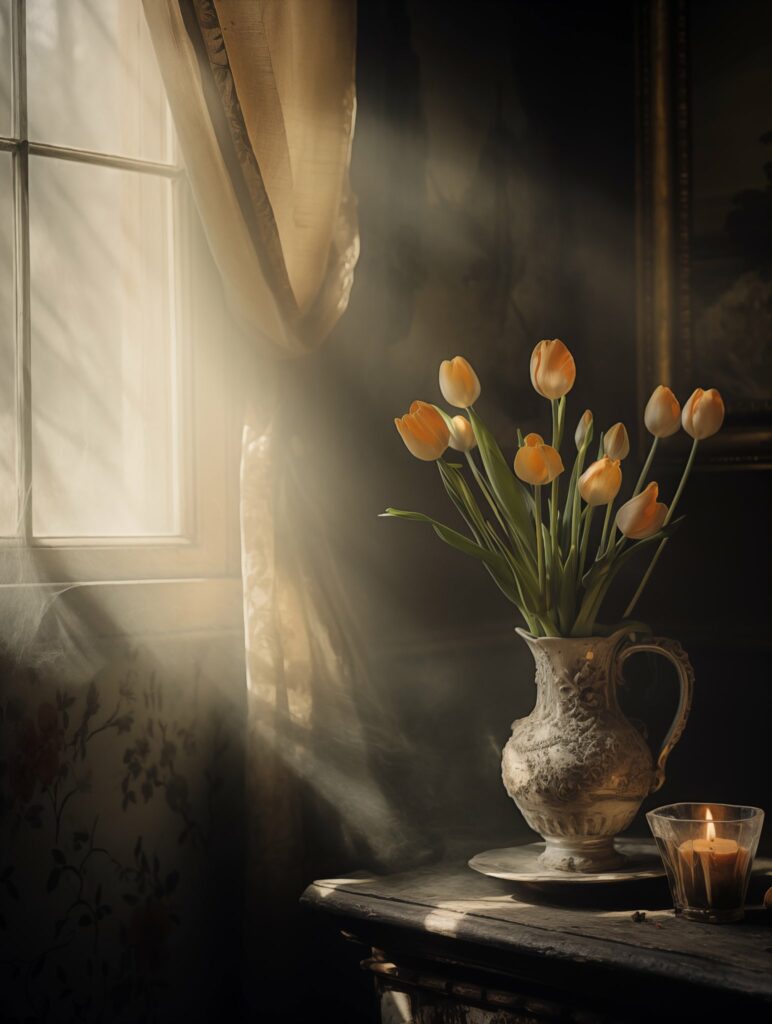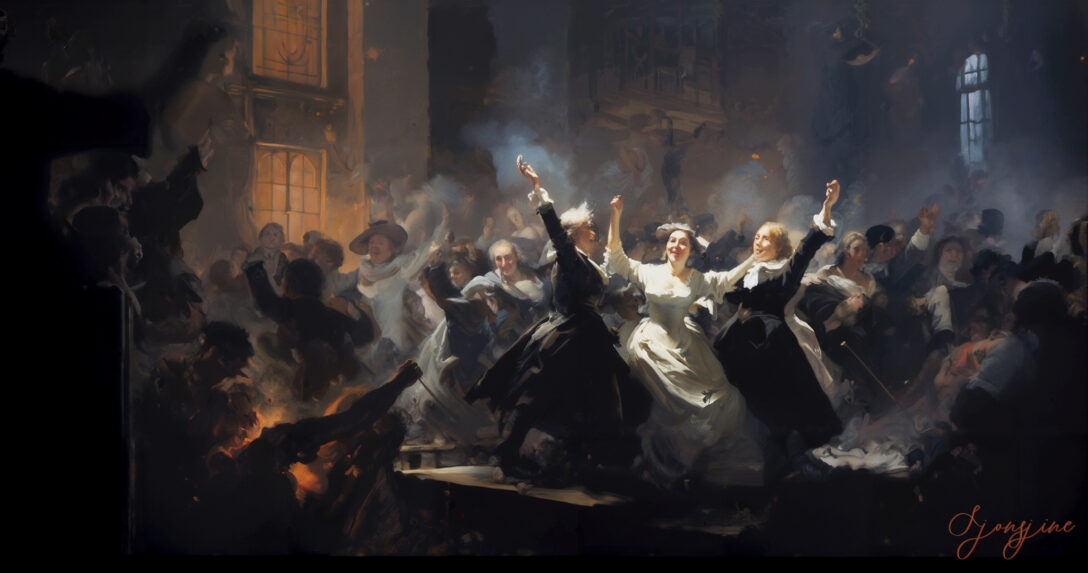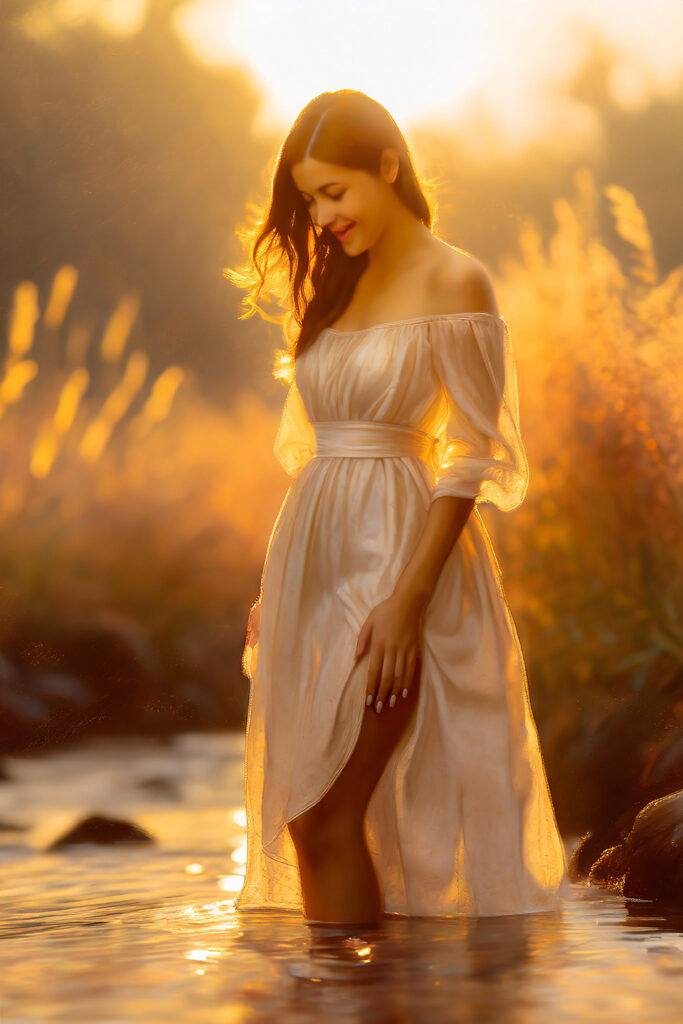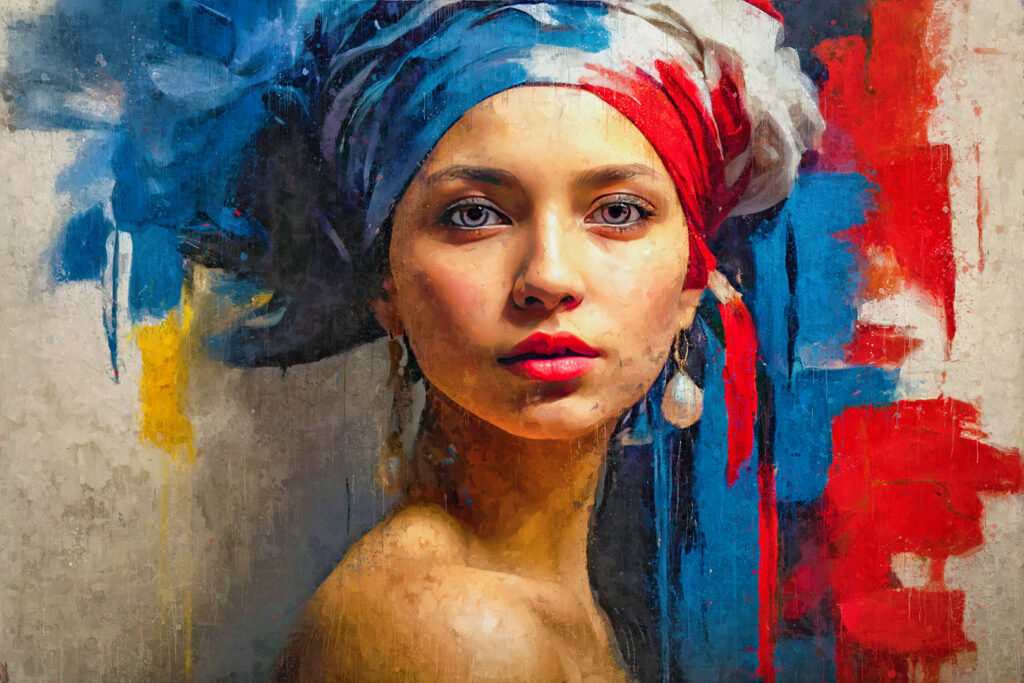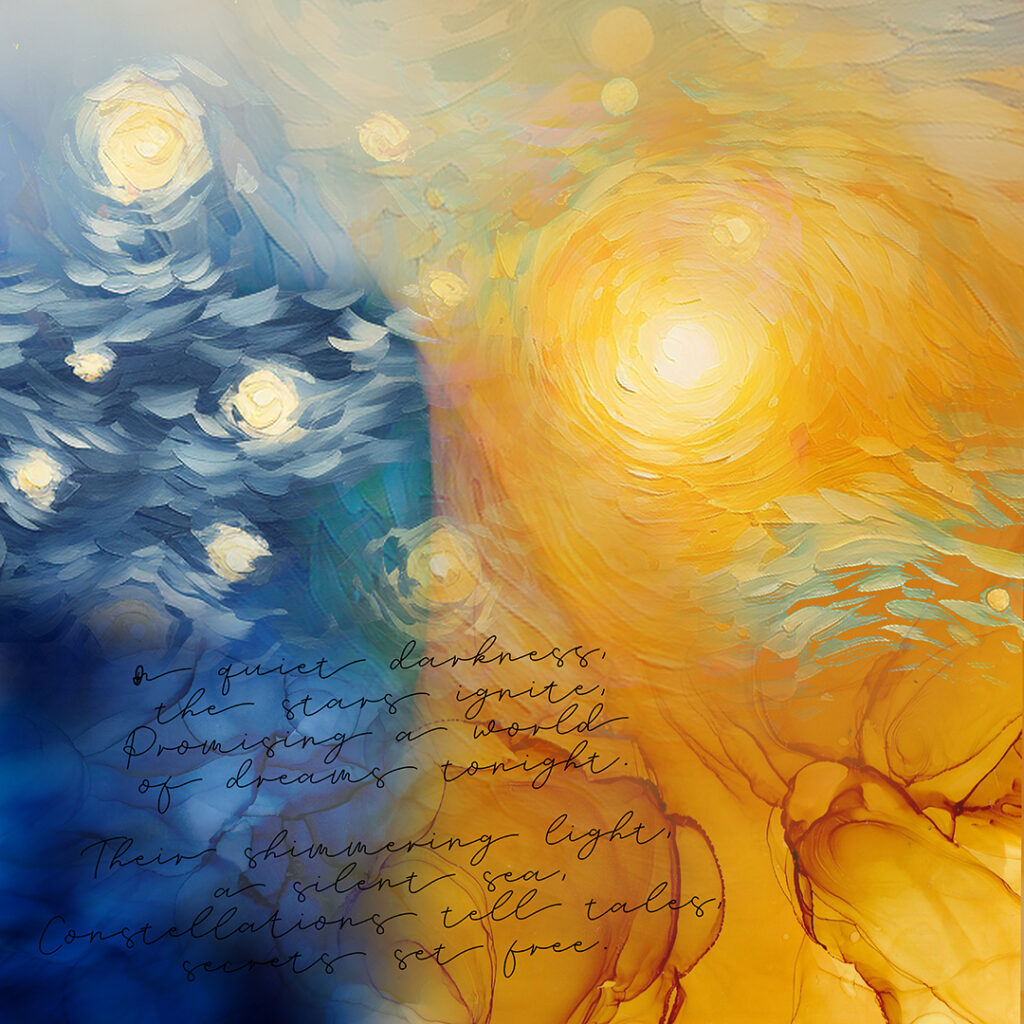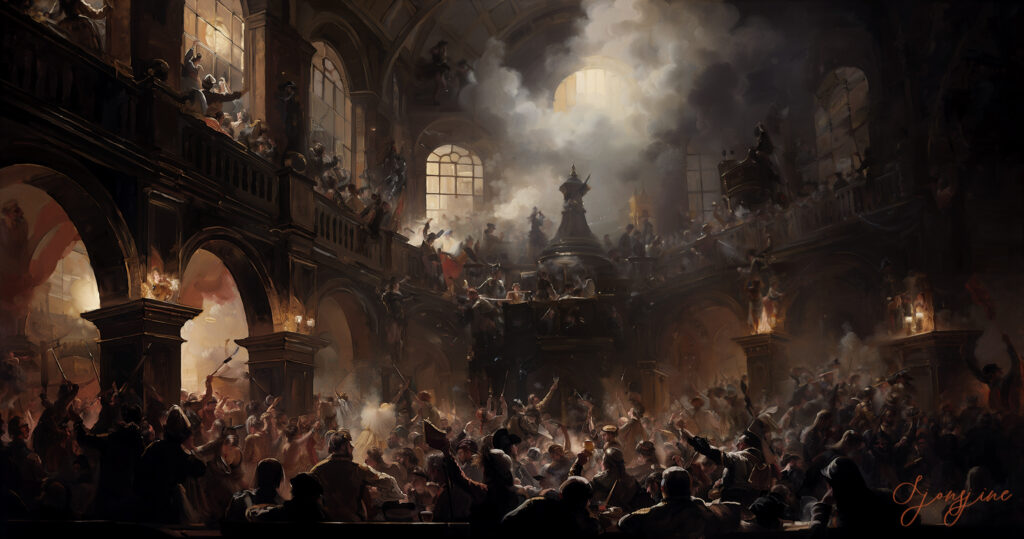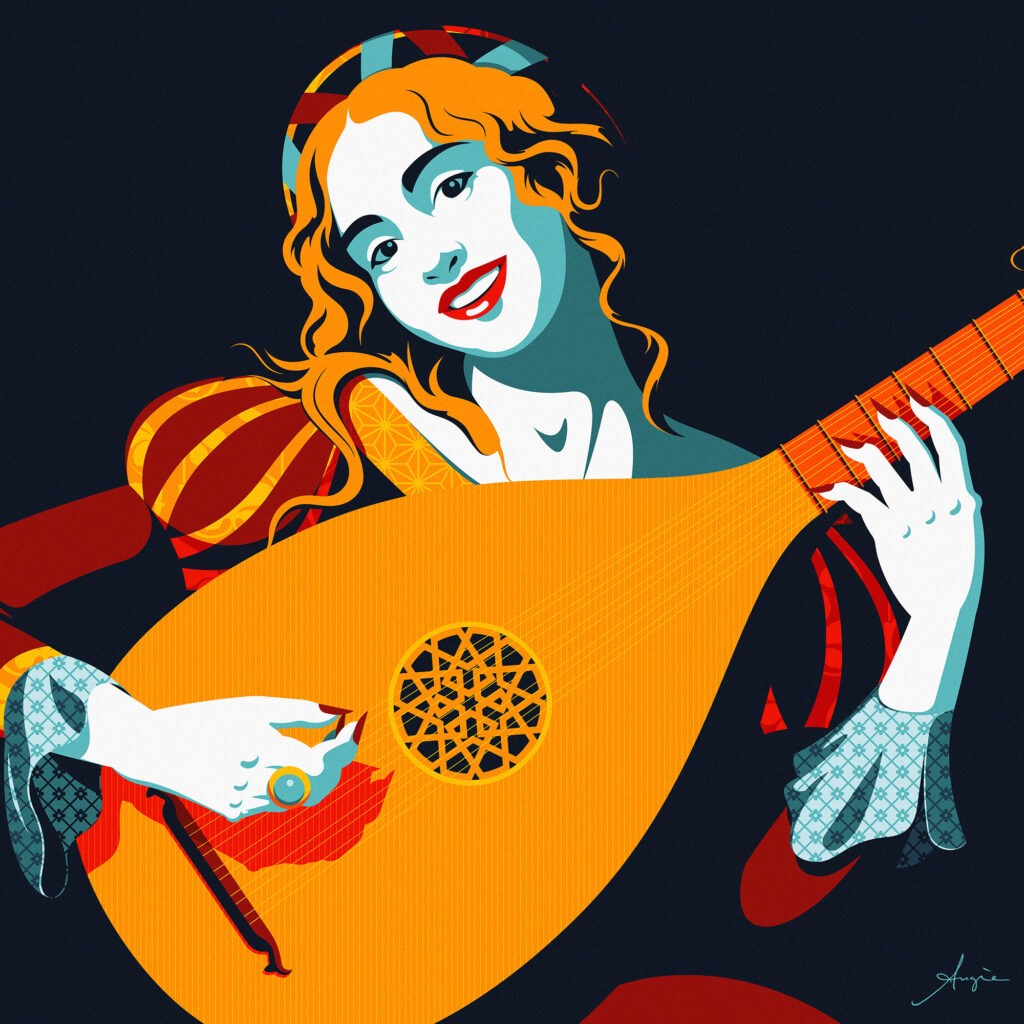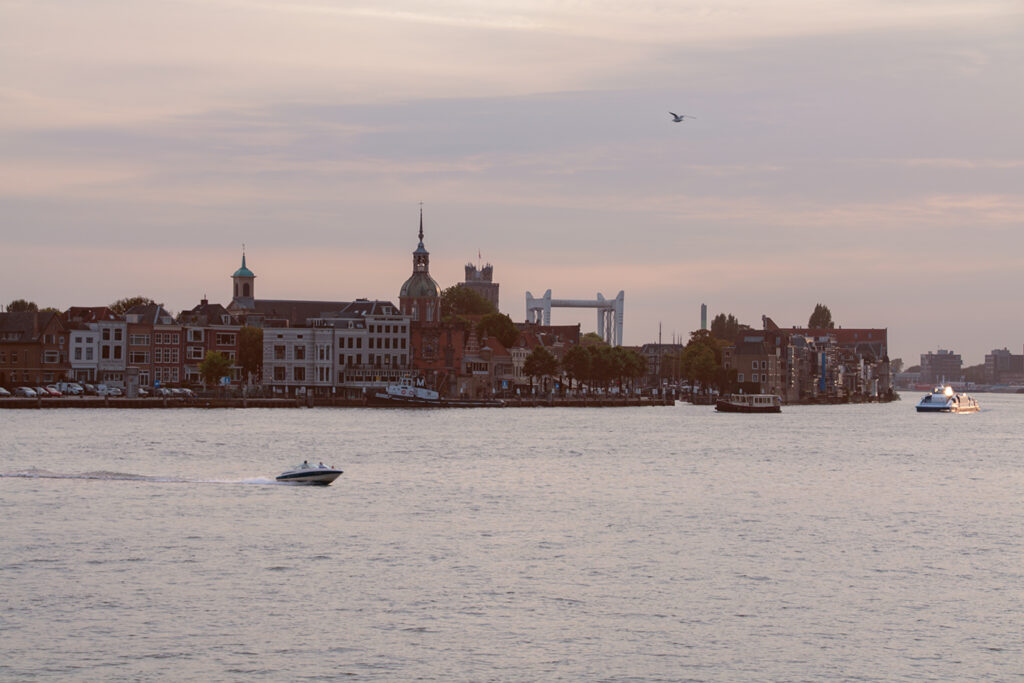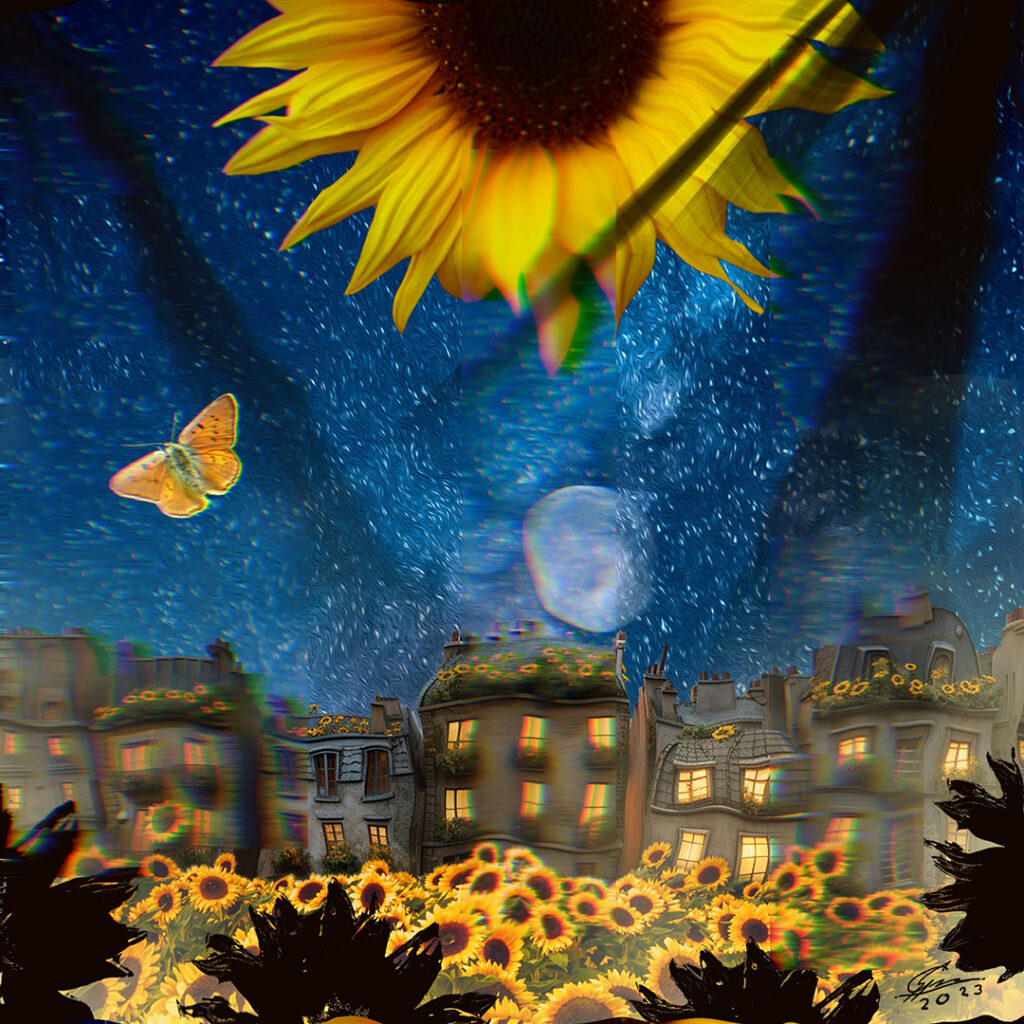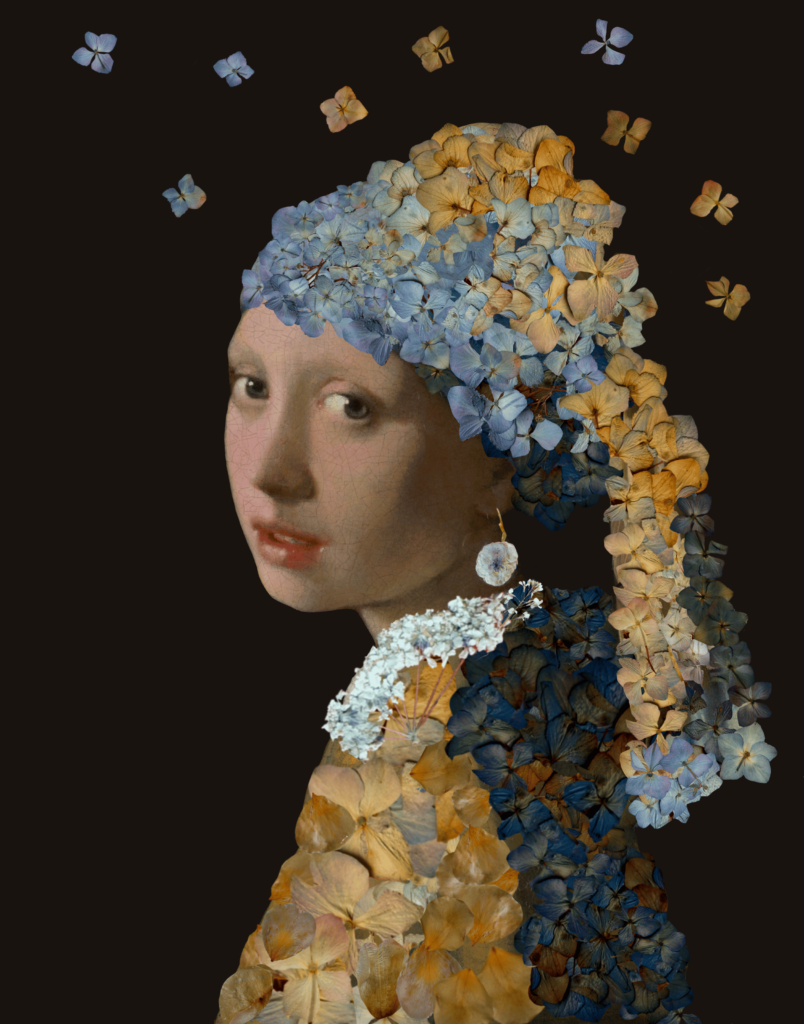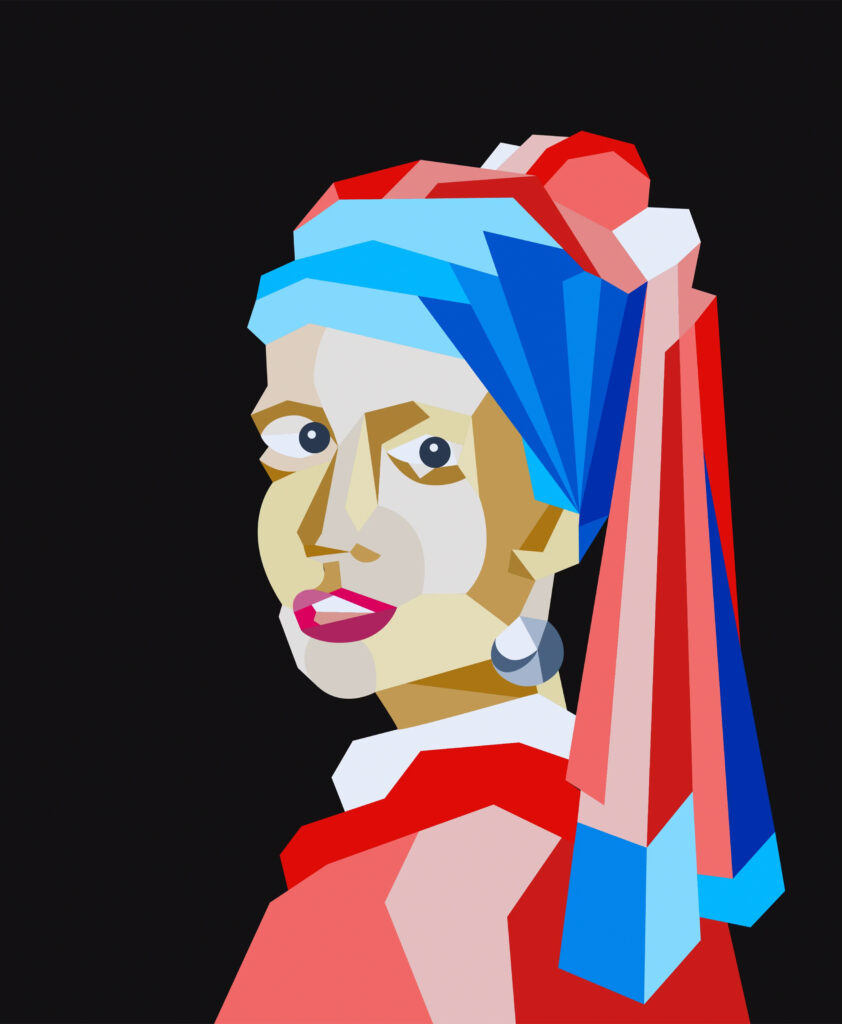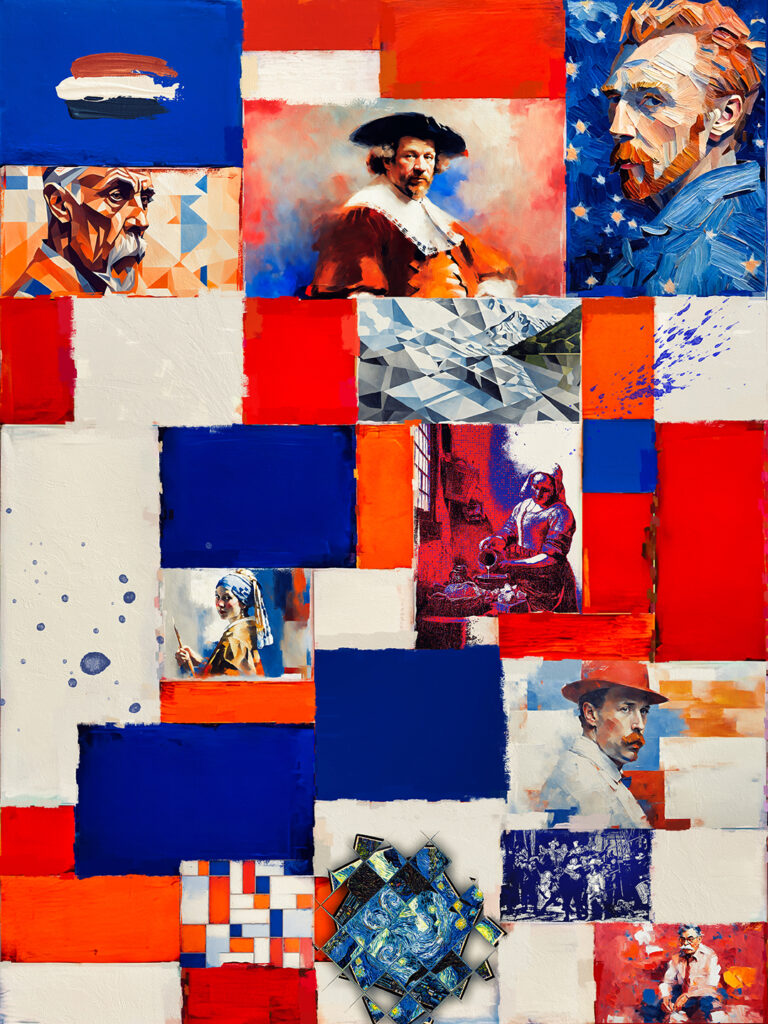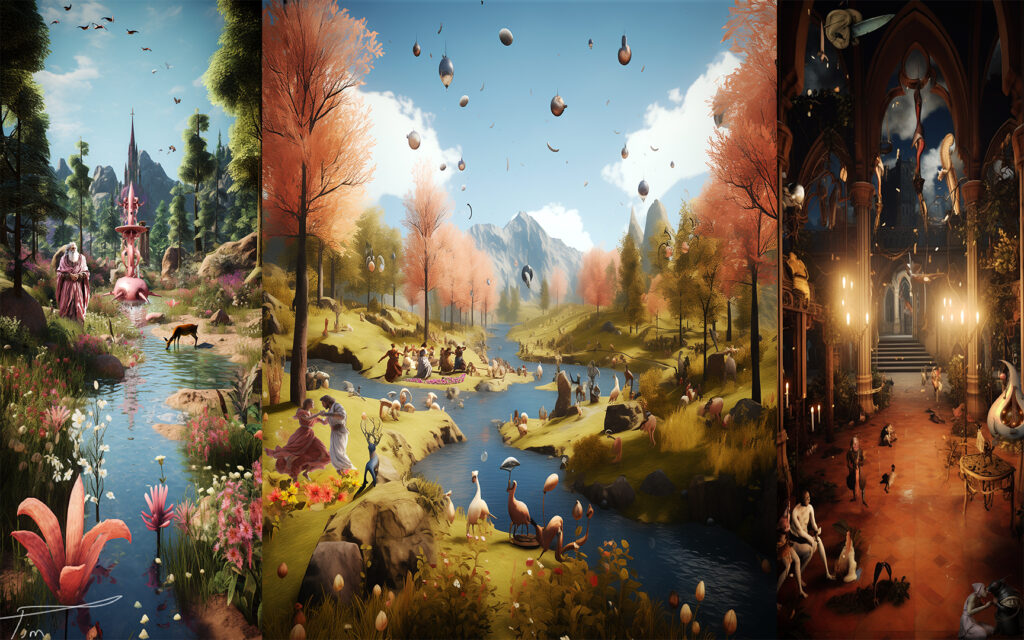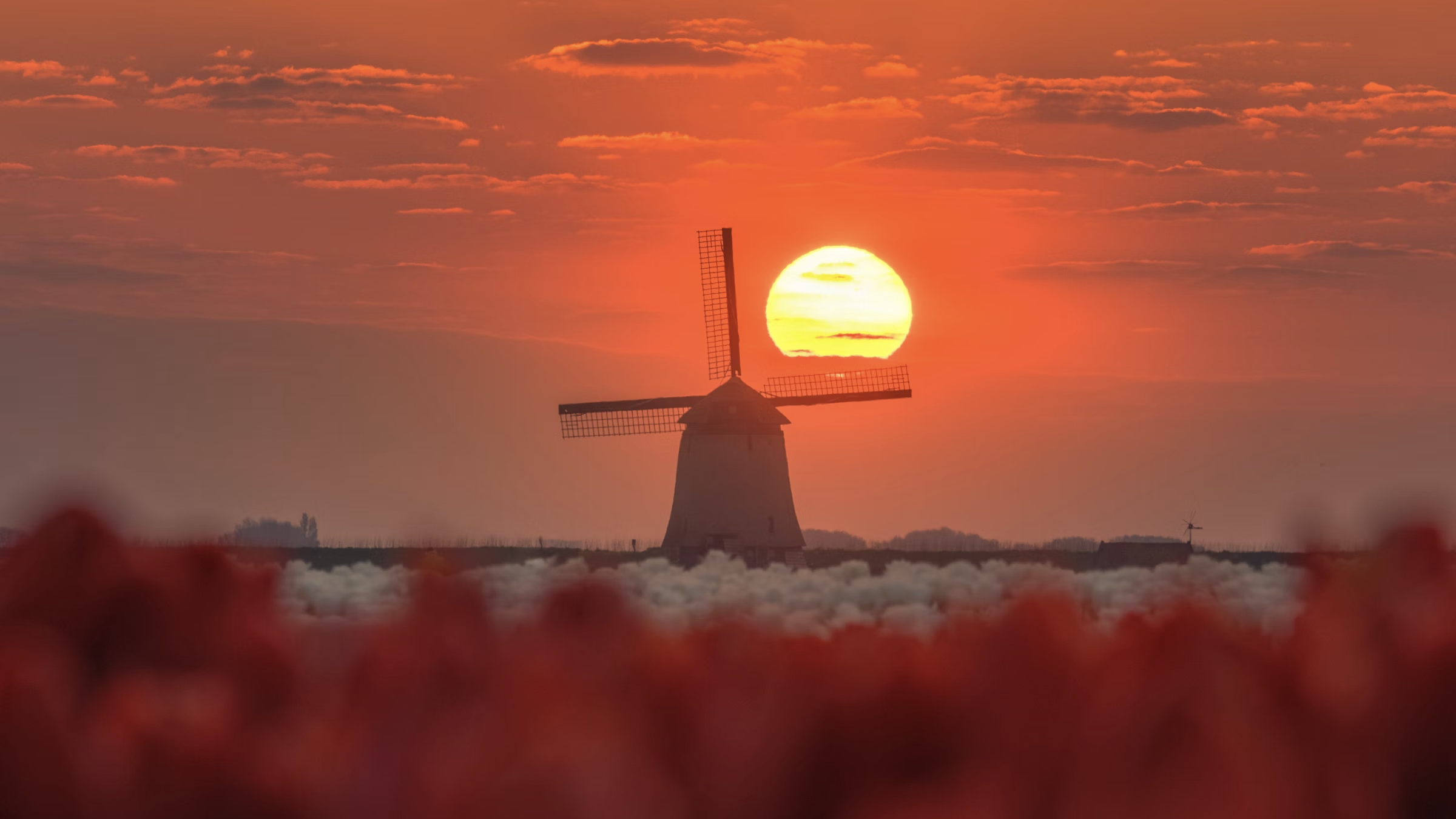In my first two blogs, I shared insights about the themes and artistry within Dutch Homage World. For this third blog, I’d like to introduce you to the DAC Pass and share the story behind it.
What Is the DAC Pass?
The DAC Pass is essentially a stunning NFT. Created by Arjen Roos, a member of the Dutch Art Community. It’s an animation featuring elements of Dutch Homage World art interwoven with authentic Dutch imagery and colors. This captivating animation rotates in front of the banner of Dutch Homage World, showcasing a blend of tradition and modern digital art.
Why Was the DAC Pass Created?
The DAC Pass was designed as a heartfelt way for the Dutch Art Community (DAC) to express gratitude to our collectors and friends. By holding a DAC Pass, you earn the title “Friend of DAC”, symbolizing your support for our vibrant artistic community.
How Can You Get a DAC Pass?
There are two ways to obtain a DAC Pass:
- Airdrop: Every collector of art from Dutch Homage World on Foundation automatically receives a DAC Pass as a token of appreciation.
- Manifold Claim Page: You can also purchase the DAC Pass on the Manifold claim page, offering the Dutch Art Community a small financial boost while becoming an official “Friend of DAC.”
In my earlier blogs, I’ve delved deeper into the remarkable NFTs within Dutch Homage World, so feel free to revisit those if you’d like to explore more about this artistic universe.
The Dutch Essence in the DAC Pass Animation
The DAC Pass animation also features several quintessentially Dutch visuals, created with the help of AI. Each image embodies a unique aspect of Dutch heritage. Let me take you on a journey through these symbols:
The Lion: A Symbol of Strength and Pride
The lion has long been a national symbol of the Netherlands. With its majestic mane and powerful presence, it adorns the coat of arms of our kingdom. For the Dutch, the lion represents pride, courage, and unity. During sports events, the lion roars proudly from flags and banners, embodying the spirit of connection and resilience.
The Cow: Queen of the Countryside
Cows are a familiar sight in the lush green landscapes of the Netherlands. They represent our agricultural heritage and play a vital role in our food culture, from milk to cheese. A stroll past pastures evokes nostalgia: the sound of mooing cows, the scent of fresh grass, and the tranquility of rural life—a reminder of simpler, grounded times.
The Lighthouse: Guardian of the Coast
With over 450 kilometers of coastline, lighthouses hold a special place in Dutch landscapes. These towering structures have guided ships for centuries while offering breathtaking views of the sea. For many, lighthouses evoke romance and adventure, symbolizing safety and our enduring connection to the ocean.
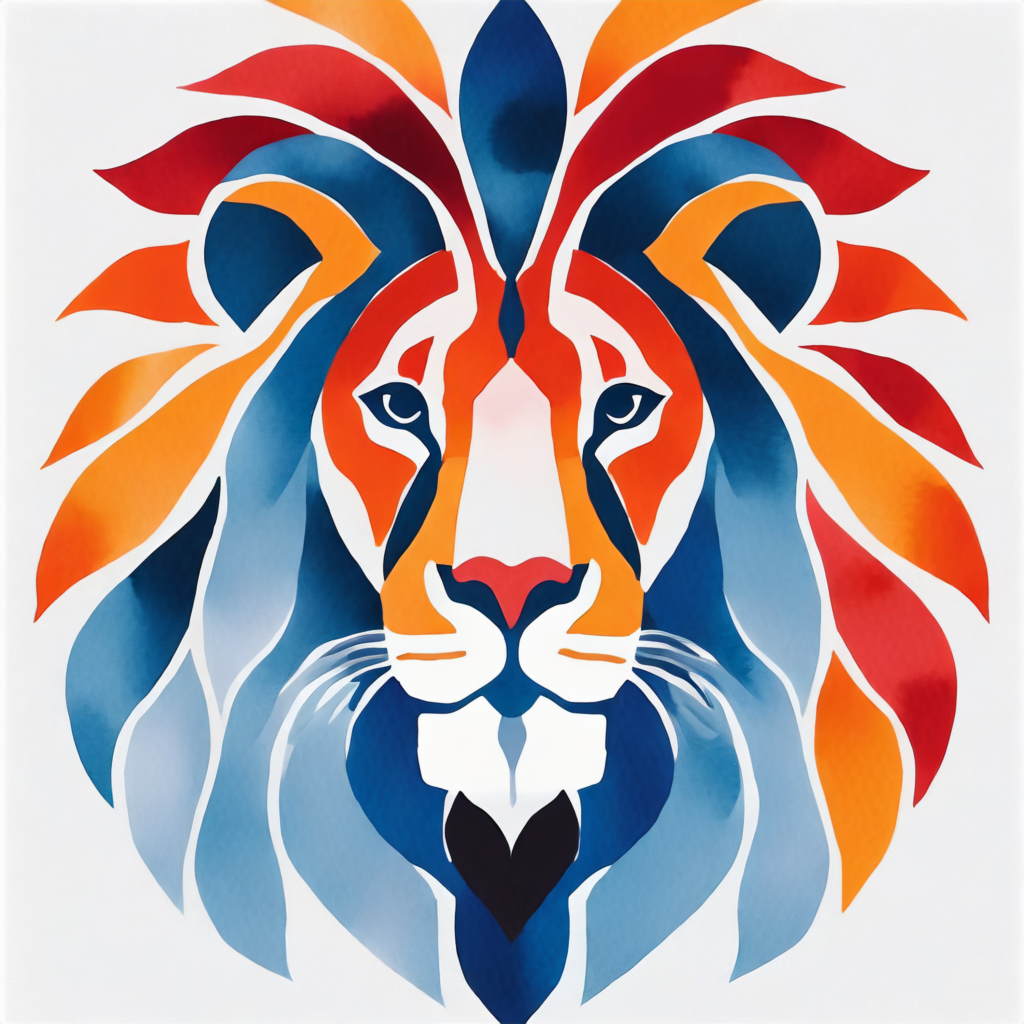
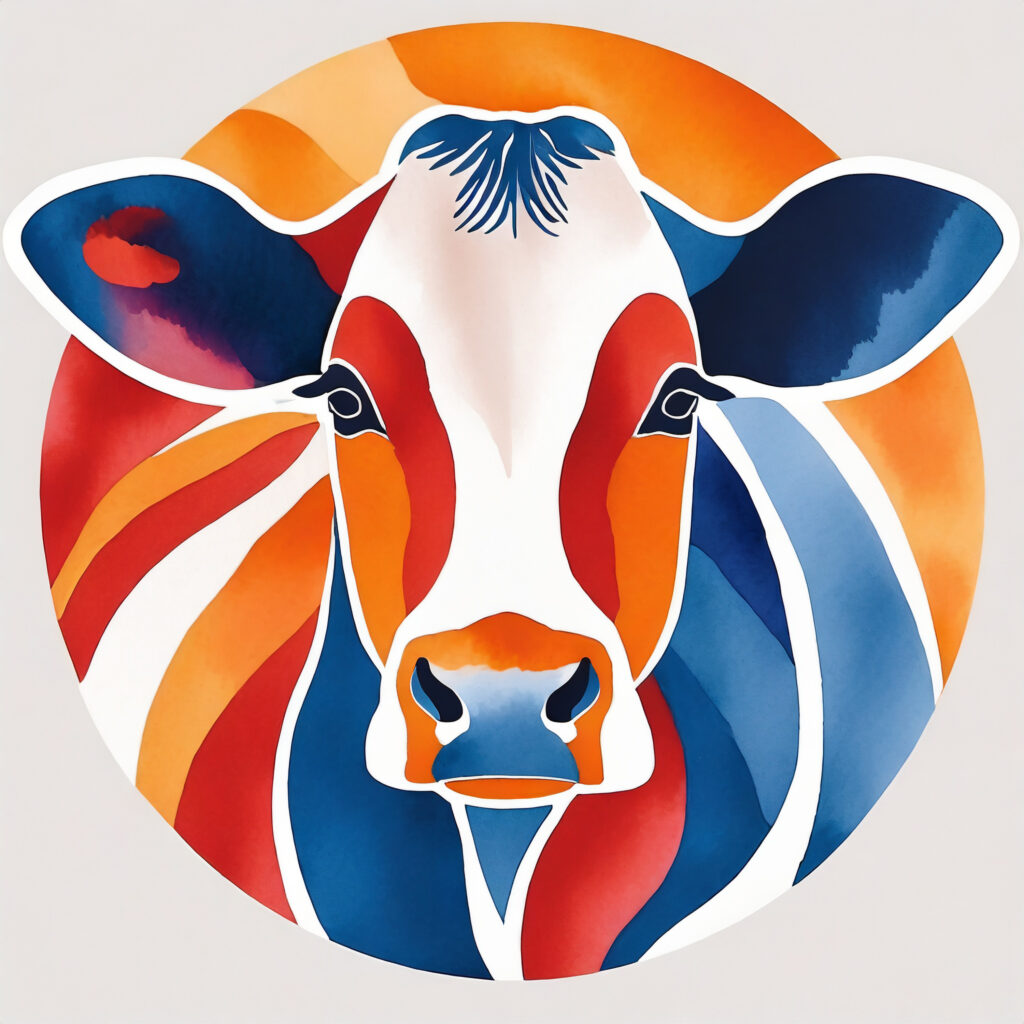
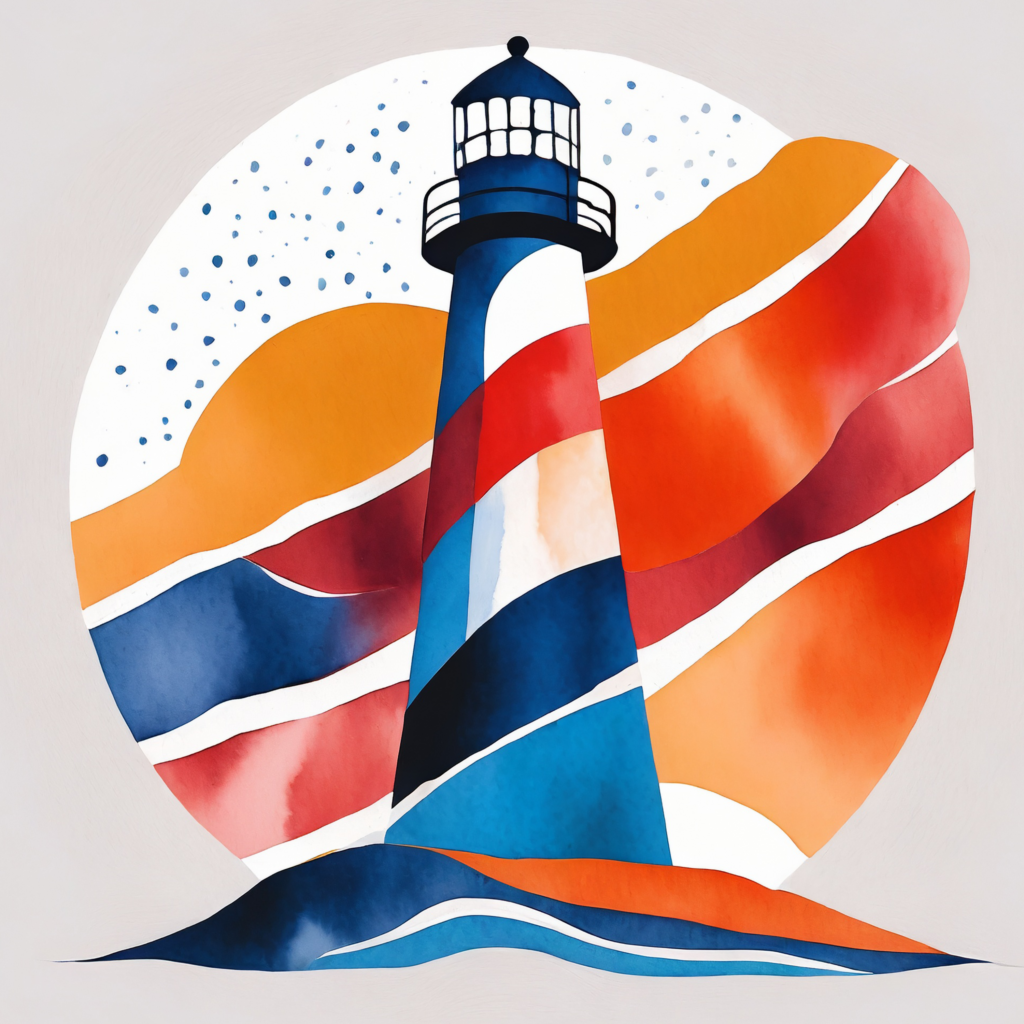
The Windmill: Turning Heritage
Windmills are inseparable from Dutch identity. Once essential for grinding grain and reclaiming land, they now stand as icons of innovation and perseverance. Visiting places like Zaanse Schans or Kinderdijk is like stepping back in time, celebrating the ingenuity that shaped our nation.
The Bicycle: Freedom on Two Wheels
Dutch life revolves around bicycles. With more bikes than residents, they’re not just a mode of transport—they’re a lifestyle. From children biking to school to retirees enjoying scenic rides, the bicycle symbolizes freedom, sustainability, and connection. Nothing beats the feeling of wind in your hair and the rhythm of pedaling through the countryside.
Tree-Lined Paths: Avenues of Peace
Tree-lined paths along roads and canals are a quintessential Dutch sight. These green corridors offer shade, shelter from the wind, and a space for reflection and tranquility. They connect villages, cities, and nature, bridging people and their surroundings in a uniquely Dutch way.
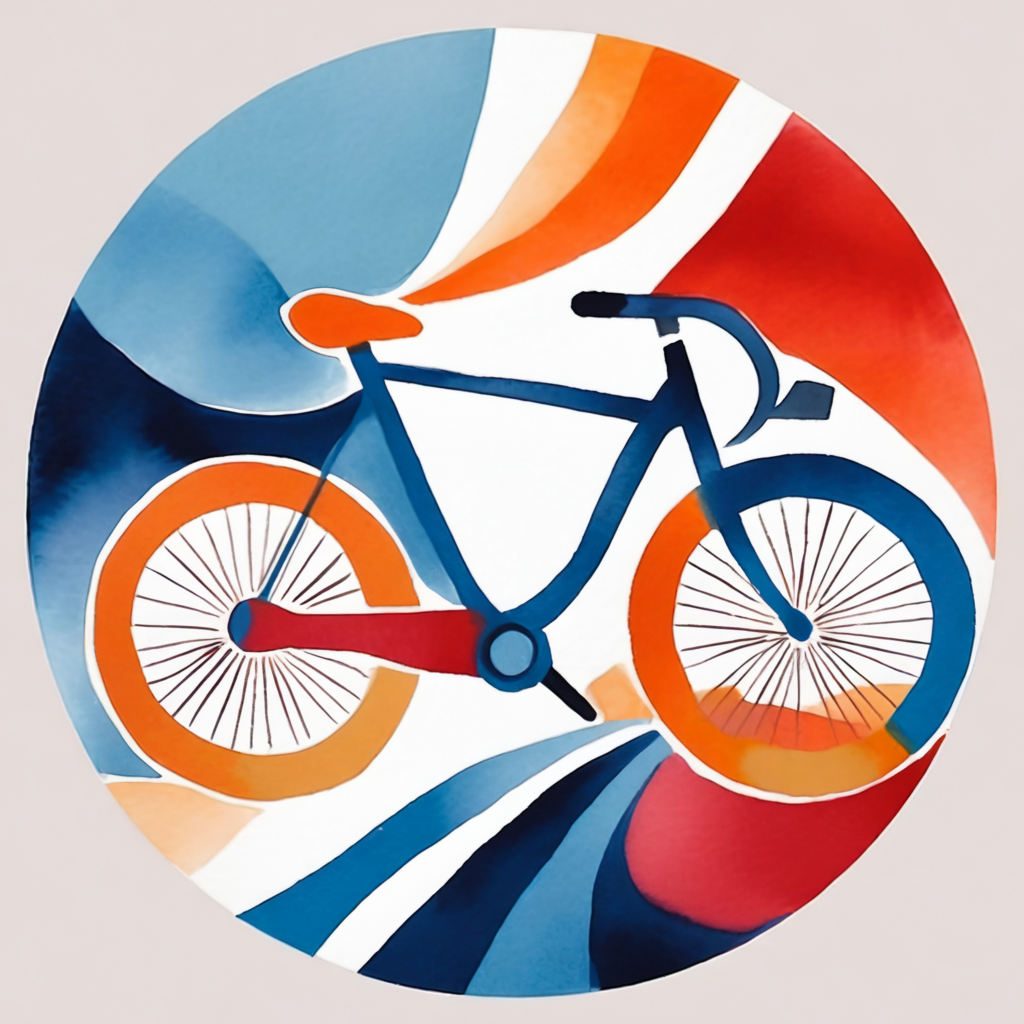
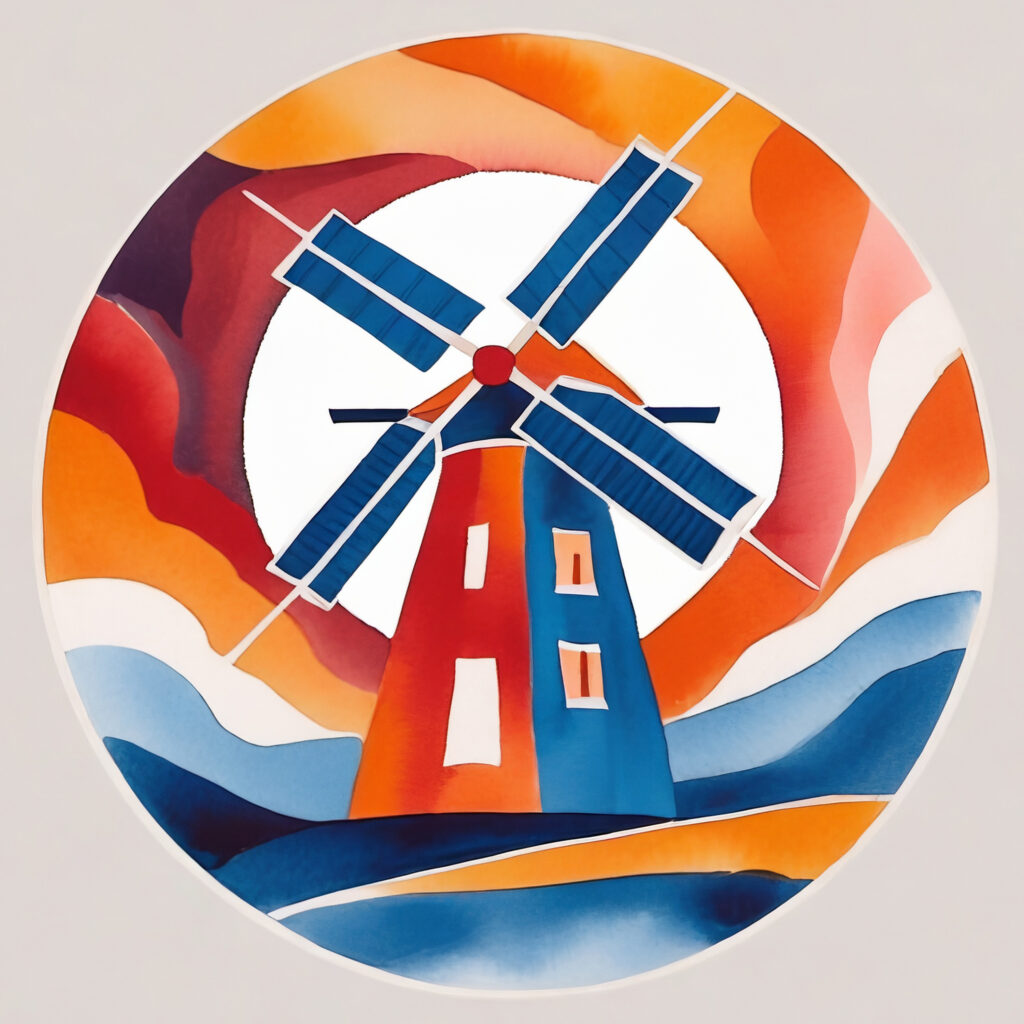
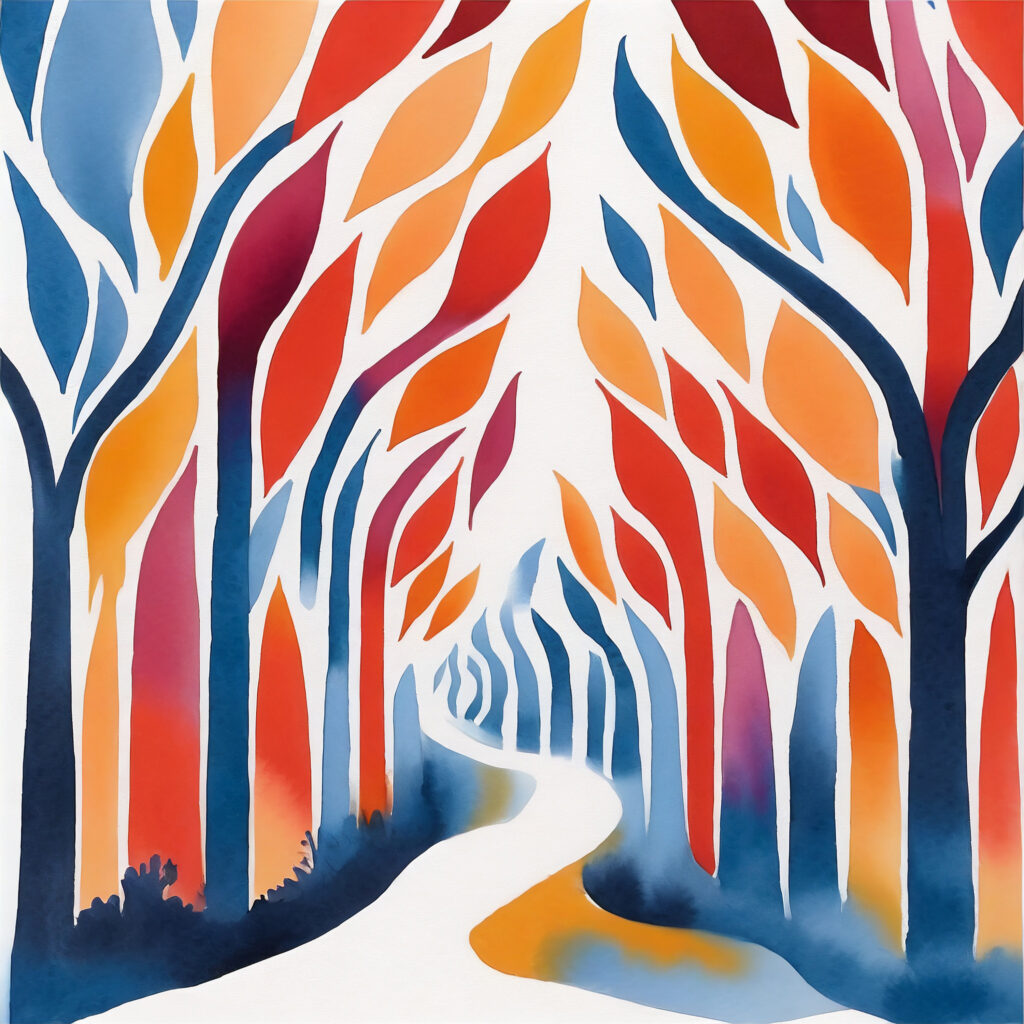
The Flowers: A World of Color and Fragrance
Flowers are the pride of the Netherlands. From sprawling tulip fields in spring to vibrant bouquets in marketplaces, flowers bring joy, beauty, and romance to our lives. Tulips, in particular, symbolize our trade spirit and love for nature, earning us the title of the world’s “flower capital.”
Row Houses: Warmth in Simplicity
Row houses are the hallmark of Dutch neighborhoods. They stand for coziness, practicality, and community spirit. Whether it’s a 1930s home with charming details or a sleek modern build, the essence of “living together” defines these homes—a place where families grow, neighbors connect, and memories are made.
The Wooden Clog: A Nostalgic Icon
The wooden clog, perhaps the most iconic Dutch symbol, is more than just a shoe. It represents our agricultural past and the craftsmanship of woodworkers. While now mostly decorative, clogs remind us of a time when simplicity and functionality were at the heart of daily life. They’re a piece of folklore that keeps us connected to our roots.
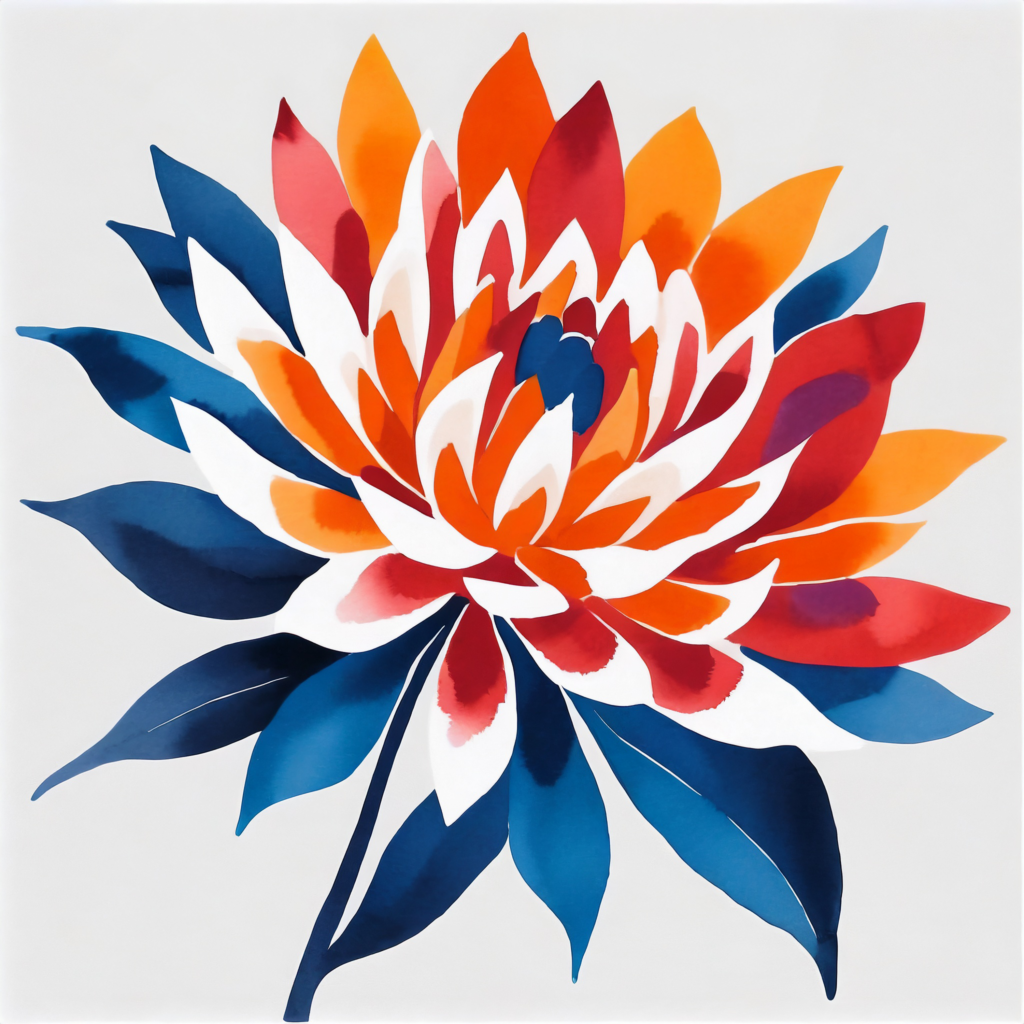
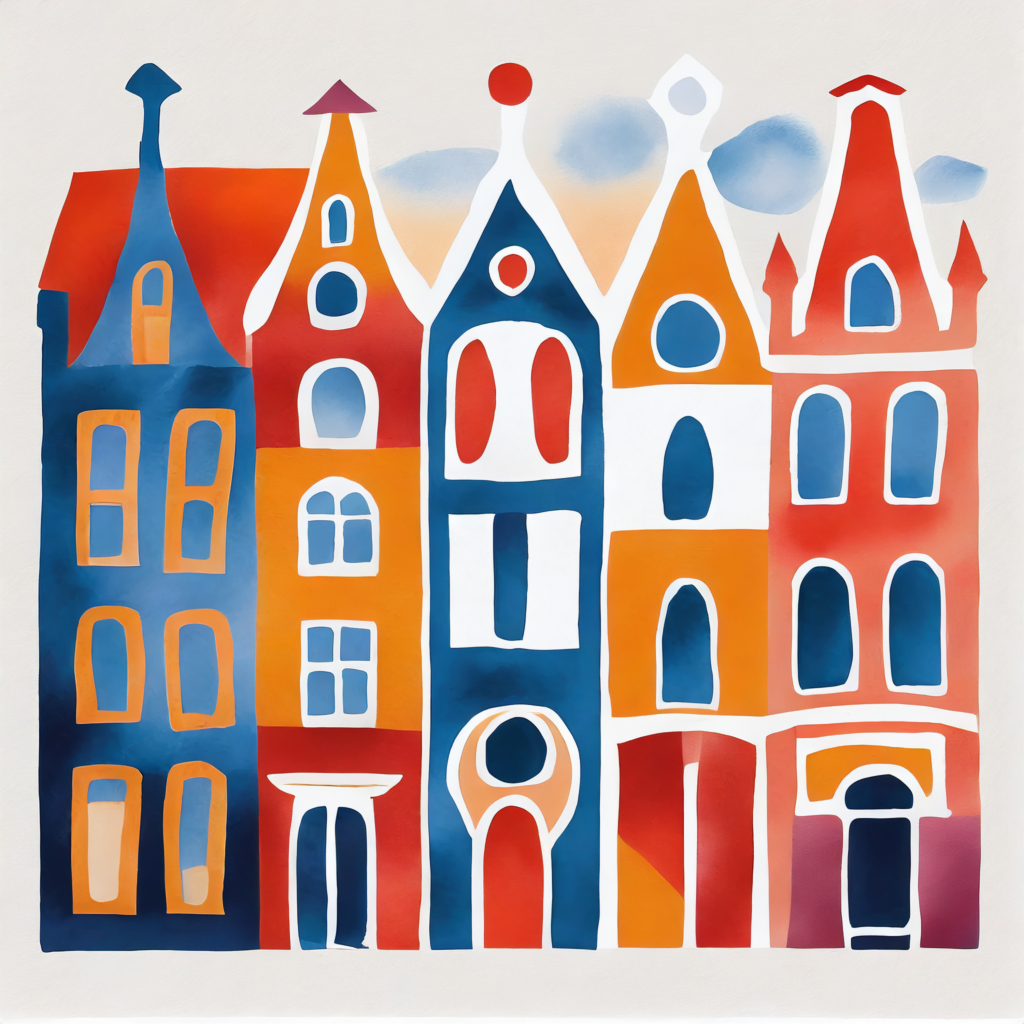
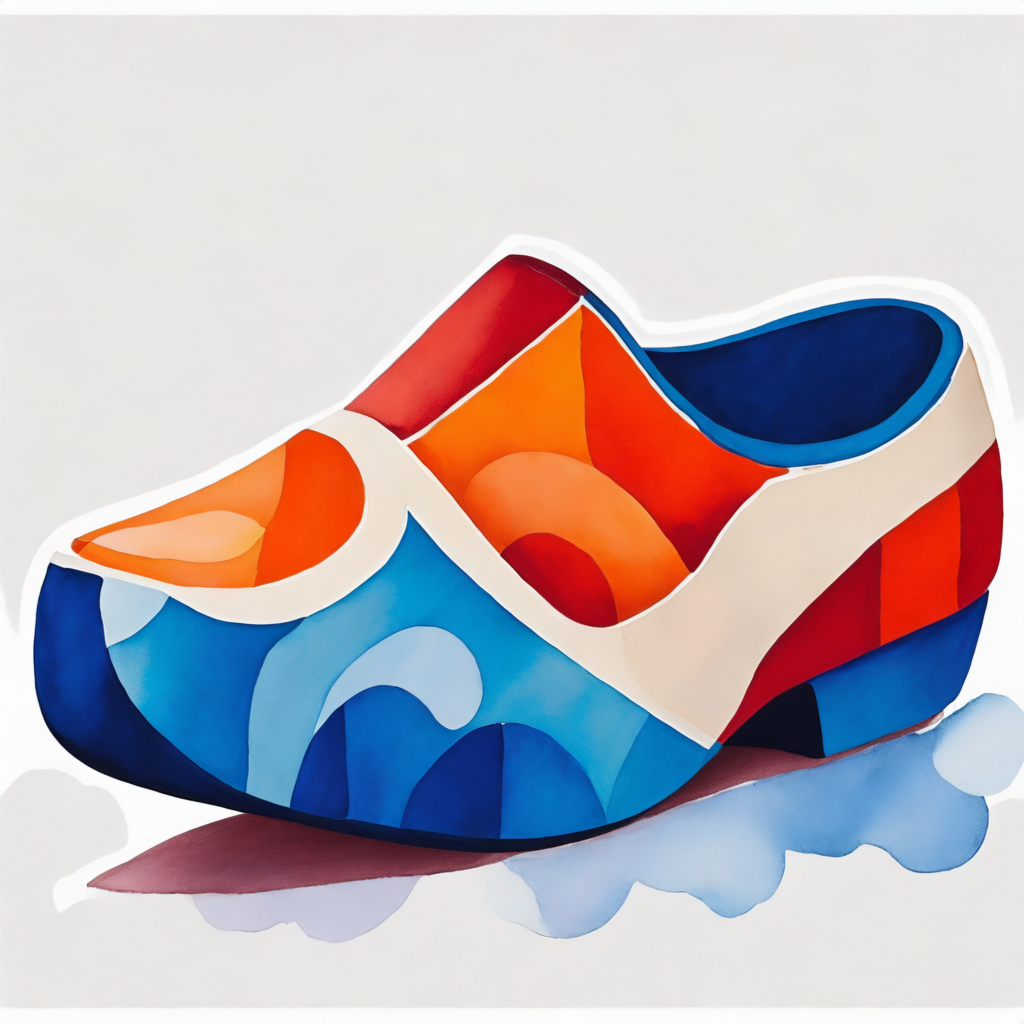
Join the Dutch Art Community
Feeling inspired? If you’d like to claim your DAC Pass and become a Friend of the Dutch Art Community, we’d be thrilled! Our goal is to organize an exhibition featuring our talented artists, and every bit of support brings us closer to making it a reality.
You can find the DAC Pass here!
Kind regards,
FotoGraaGHanneke

